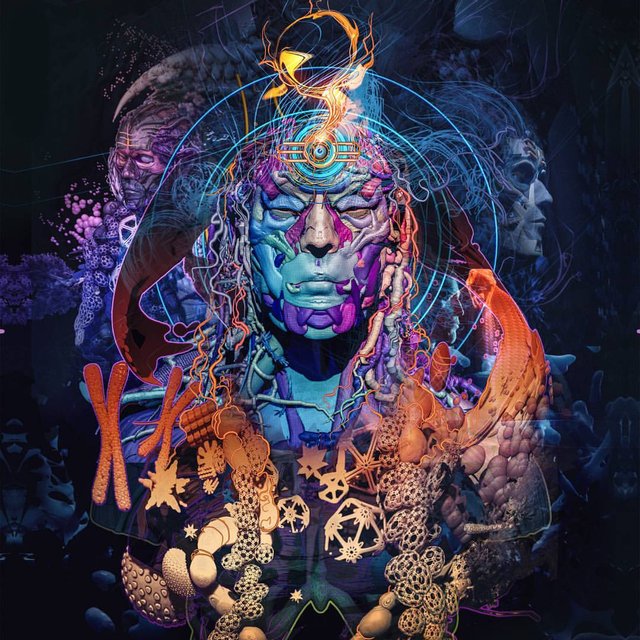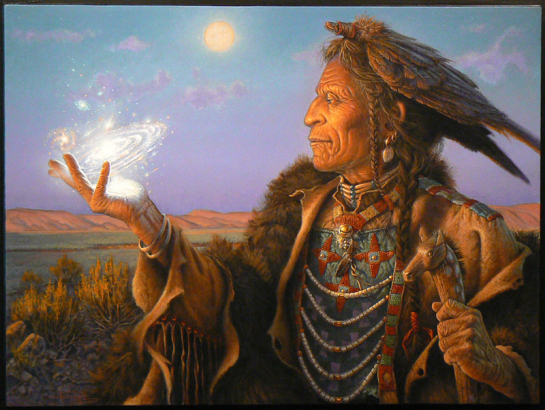Shamanism X Religion X Archetypes
Hey heeeey my Esteemed Steemers, long time no see!
I am sorry to all those precious people who took the time to read my previous posts, hope to catch ya around again ;) Lets’go! Vamossss
First of all, I started missing this process. Grabbing the notebook, taking a chill pill (kratom is the medicine of the day) and trying to reform some thoughts into words in a way that’s somehow coherent and understandable. If I do this, I do not suffer from something I would call „Blabbermouth“, where I incoherently spit out four thoughts at once, and nobody can understand shit. So that’s one good, for me pretty valuable positive.
Shamanism X Religion X Hero archetypes
I want to talk about something fascinating, which is also I think really simple and true connection between all various sorts of religions in the societies of today and cultures of the past.

Archetypes
When you think about this stuff and look at just a few comparisons, it becomes crystal clear that Carl G. Jung was on point with his collective unconscious theory. There really is something to it, as you can see just by looking at some basic comparisons between legends, fairytales and religious stories of many past and present societies. Hero, God, Life, Death, Mother, Devil, Hell, Heaven and all that jazz might very well be deeply rooted and actually real and existing in what Jung calls the archetypes of the collective unconscious.
Let’s just take the godmother archetype – you got the Egyptian Isis, Mary in Christianity, great mother Cybele from Phrygian society or Kálí who is considered mostly the goddess of death and chaos but also a mother in Bengal. Don’t you find this interesting? That some cultures take the word mother and goddess of death as the same thing? They think about death as the next birth, which is I think a healthy way of looking at this weird shit we’re all going through.
Hero Archetype
Anyways, look at the hero archetypes which I think are the most intriguing ones. The story of a hero usually starts with him being thrown out from normal day to day life into some kind of an unexpected adventure, where he meets all sorts of fantastic creatures and faces death. After the completion of these various challenges, he returns to normal society and is somehow wiser and is like a saint or something like that.
You can spot this same story wrapped up in different coats all over the place. The main topic here is essentially doing something true, dying and being resurrected. The notorious Jesus, Egyptian Osiris who got killed by his brother and resurrected by Isis, Dionysus ripped up by titans and resurrected by Athena, Wotan mythology with Odin’s son Baldr killed by Loki, supposedly to be resurrected after Ragnarök, the final battle.
I actually do not know much more about all these tales and mythological legends, but even a dummy like can spot the connections. You can clearly see then we all talk here about going into chaos and re-emerging into order as somehow a better version of the previous.
That actually makes me remember about Gandalf the Grey being resurrected as Gandalf the white after he fell into the depths of chaos battling Balrog...right?
Shamanism in connection with the hero archetype
Now, keeping in mind all that archetype hero stuff we talked about, think about one step deeper into the past of humanity. Before all this, we had tribes and each tribe had its shaman and a psychedelic plant or psychedelic state inducing ritual. (The original word is perhaps Saman meaning “The one, who knows.”)

“Shamanism is unusually ancient and dates back as far as 30-40 thousand years. Its deepest roots can be traced somewhere into paleolithic ages. The walls of famous caves in southern France and northern Spain like Lascaux or legendary Altamira undoubtedly depict the ancient shamans. Not only is shamanism ancient, but it is also universal, as you can find its traces in North and South America, Europe, Africa, Asia, Australia, Micronesia, and Polynesia. Holotropic states, achieved by various rituals or psychedelic state inducing plants are what caused what anthropologists call the ‘Primal Mind’, an aspect of human mind, which exceeds age, religion, race, gender or time of history.” Stanislav Grof

Think about it. Those of you who know something about psychedelics surely know that some trips aren’t for free. You always got something to overcome, to get better at. It is sometimes hard to dissolve the features of yourself and literally kill parts of yourself, in order to replace those things with something better and eventually become a higher, better human being.
This process has many levels, and I think that those old school shamans were tripping balls and killing their egos on their psychedelic journeys. Their connection and deep knowledge they got from the plants eventually made them higher, more functional members of any given society which instantly put them on a higher hierarchical spot. Those who knew the most.
Can you see the connections? You are killing parts of your ego in order to become resurrected into a better version of yourself. Thrown into chaos and put through hell in order to transform into something better. Did all the archetypes of our unconscious minds come from psychedelics? It very well might be the case, my friends.
All this stuff is so fascinating and I am telling you it is all connected, like the best movie or book you could ever imagine. Feel free to let me know what you think about all this stuff, I am hooked!
Have a great rest of the day everyone and see you around,
Reptr
Pictures: wrathofzombie.files.wordpres
nicoledoherty.com
http://androidjones.com/
That was a good read man! I was reading one of your old posts on Microdosing that was good as well. There definitely is s something to the collective unconscious in ancient myths theory that I find fascinating. I don't if you are familiar with Jordan Peterson, by hes put out lectures to youtube on the wisdom of myths that have made me reconsider the value of biblical and ancient mtyths. Particularlary the "belly of the whale archetype." However I think it can be easy to get to invested in these myths as truths. In a Podcast between the Peterson and Professor Biologist, Bert Weinstein he made a point that stuck in my head, "Is it possible that by recognizing that these traditions carry huge amounts of ancestral wisdom forward, but that wisdom is so incomplete that it doesn't answer to many modern problems, that we can be liberated to move forward and honor those traditions for bringing us here but to recognize that we have to move forward with something more potent and up to date."
I tend to agree more that myths are commonalities of the human exp rather than cosmic truths, it's a balancing act really. Anyway great post, This is part of the conversation I took quote from,
Thank a lot man ! Much appreciated.
Heard that podcast dude! Fascinating, intriguing stuff. This post came about as a synthesis from Jordan Peterson lectures, Stanislav Grof books and some history stuff from Breaking Convention. THey all talk about similar stuff and when you read all this, it gets nicely intertwined and is understandable.
Yea I think we have to take it for what it is and think about it with an open mind, talk about it and realize that we definitely do not know how the whole picture looks just yet. I totally agree that there is a possible danger in taking this stuff as the truth, the dot. Hell, how many cultures took these archetypes for gods?
Anyways I highly recommend Stanislav Grof and Breaking Convention ;) Good day to ya!